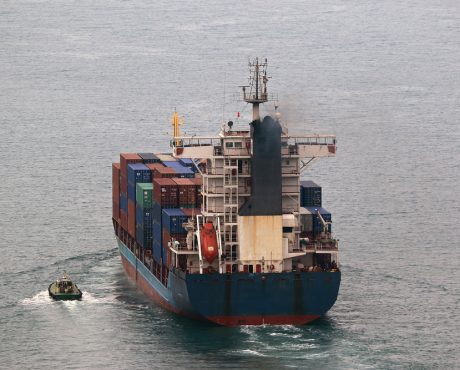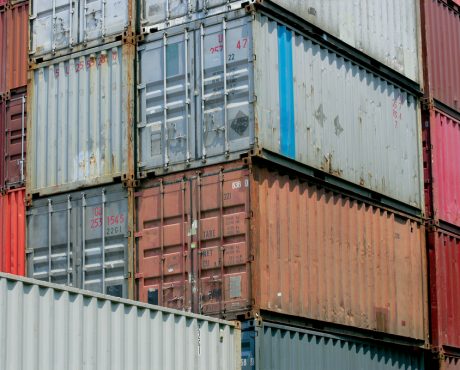Thursday 8th June
Building a Resilient Supply Chain
We go into detail on building a strong supply chain in the manufacturing world.
At a glance
- Manufacturing supply chains can be complex webs that are often exposed to multiple risks
- Around 75% of organisations reported significant disruptions to their supply chain in 2013, according to the BCI
Supply chains are the linchpin of today’s global economy, especially for manufacturers.
These complex webs, through which businesses source the most critical components that make their products, stretch around the world and are often threatened by a wide range of risks.
Natural disasters, like Japan’s 2011 earthquake and subsequent tsunami, forced the closure of some the world’s biggest parts plants overnight. Recent political instability in Russia and the Middle East also highlights the vulnerabilities facing these vital trade arteries.
Yet manufacturing customers may still be hesitant when it comes to investing in risk management around their supply chains.
A threat to growth

According to the Business Continuity Institute’s (BCI) fifth annual Supply Chain Resilience Survey, 75% of organisations reported significant disruptions to their supply chain last year, citing IT glitches, adverse weather, product quality and transport disruption as just some of the offenders. And in its recent publication Materials for Manufacturing, EEF, the manufacturers’ organisation, warned its members that security of supply is a “threat to growth”
Encouragingly, big manufacturers have grasped the importance of protecting their supply chains with a number now building in-house teams to manage this risk, says Nick.
However smaller, mid-tier manufacturers often can’t afford in-house expertise and increasingly depend on brokers and insurance providers to understand the issue and offer solutions best suited to their business.
Risk management is increasingly vital as more mid-market manufacturers now outsource to reduce costs and access specialist knowledge and skills. These businesses have honed lean supply chains to create economies of scale, but have also raised the spectre of what Nick calls “a single point of failure”.
Although new trends, such as companies moving their sources of supply closer to home, can reduce risk, many can’t be fixed. “Britain will always depend on importing of certain key commodities, and due to this face a number of interconnected risks, “Nick says to illustrate the point.
Understanding where supply chain disruptions might come from
Traditional insurance coverage for manufacturers has been limited to mostly protecting against disruptions affecting tier one suppliers and physical damage events in the supply chain, such as a fire or flood. But Zurich is providing broader coverage, where no damage is involved to cover disruptions, which can encompass data failure and suppliers further down the chain.
“It’ important the supply chain risk assessment process is comprehensive, we look at 23 different risk areas but to make a substantial improvement often does not require large investment.”
Nick Wildgoose, Global Supply Chain Product Leader at Zurich.
As according to the BCI report, 42% of disruptions originated below the tier one supplier in 2013, an increase from 2012.
If necessary, Zurich can provide supply chain risk assessments and help businesses assess where their risk lies and what its impact might be. “It’s important the supply chain risk assessment process is comprehensive, we look at 23 different risk areas, but to make a substantial improvement often does not require large investment,” says Nick.
Companies increasingly need to provide more detailed information to their insurers about their supply chain exposures and their contingency plans because brokers and insurers need to understand this to provide the relevant coverage limits, says Nick.
Supply chain is woven into all aspects of the wider insurance offerings, including marine, property, product recall and liability insurance. Supply chain risk management is a complex and interconnected risk topic, which needs to be led and supported by top management within the manufacturer.
“Brokers and insurers need to ensure that their supply chain risk assessment and insurance propositions continue to evolve, such as Zurich’s non-damage coverage where our manufacturing customers need us to be,” says Nick.
Image © Getty
Disclaimer
Whilst every attempt has been made by Kerry London Limited to ensure that the information contained within this document was correct and accurate at the time of publication, Kerry London Limited accepts no liability for decisions based solely or in part on the information contained herein. You are advised to seek appropriate professional advice before making any change to your Business Continuity Plans.
Categories: Manufacturing,




